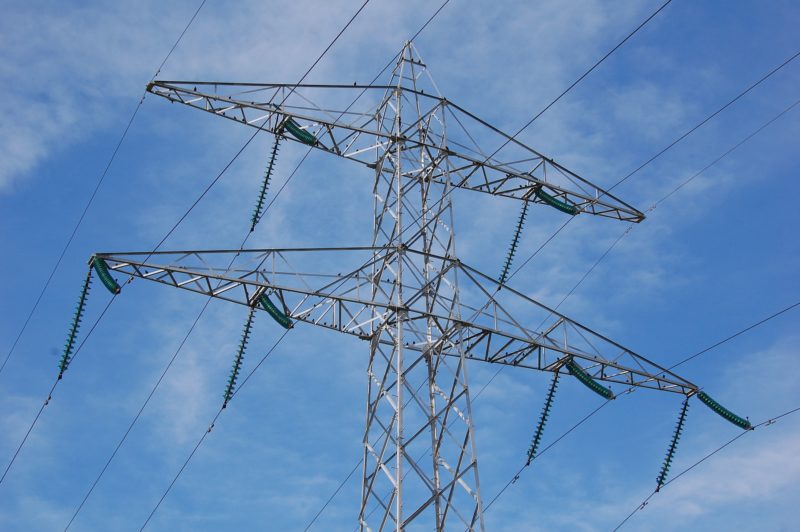Industry calls for Annual Energy Statement to stem security of supply fears
New survey shows little confidence in energy infrastructure and need for better demand management and energy efficiency.

North West manufacturers are calling on the government to re-instate an annual energy statement and a series of reforms as part of its commitment to an industrial strategy.
New survey evidence showa a lack of confidence in the future security of supply.
The call was made by EEF, the manufacturers’ organisation, in a new report ‘Upgrading Power: Delivering a Flexible Electricity System’ which examines the UK’s future supply of electricity.
Commenting, Steve Warren, North West Region Director of EEF, said: “Manufacturers’ confidence in the Government’s management of security of supply is tepid at best. The last eighteen months have been a high degree of uncertainty in the energy market as a result of numerous policy changes, the Brexit vote and two new administrations in a short period of time.
“We need a meaningful annual statement that sets out a clear and stable direction of travel for energy policy as part of an overarching industrial strategy.
“Whilst there has been significant attention paid to how we supply our electricity there continues to be too little focus on how and when we use it. The potential is there, but significant reform will be necessary if we are to realise it.”
According to the report, just one third of companies agree that government has a long-term strategy for security of supply with almost half disagreeing.
Furthermore, just under 4% of companies believe that the UK energy infrastructure has improved in the last two years, whilst a quarter felt it had worsened.
In response, EEF believes that the government’s decision to combine the business and energy departments provides the ideal opportunity to establish an Annual Energy Statement. Whilst a previous statement did exist under the coalition government, it was largely regarded as inconsequential by most stakeholders.
In contrast, a reformed statement should outline key policy mechanisms, funding choices and provide an unequivocal understanding of the government’s vision for energy policy and decarbonisation.
This should begin in 2017 with immediate announcements on the following:
- A full phase-out strategy for coal power by 2025
- A strategy for the uptake of Carbon Capture & Storage (CCS). This should include an investigation by the National Infrastructure Commission into the infrastructure requirements and costs of CCS
- Details on future support for new low-carbon generation
The report also outlines how the changing mix of electricity generation will fundamentally alter the way the UK balances supply and demand of electricity, with the manufacturing sector having a key role to play.
However, according to EEF the current policy framework is unlikely to deliver this without reform.
Despite 15 years of energy efficiency policy, significant amounts of cost-effective opportunities remain within the manufacturing sector.
New analysis by EEF shows this amounts to 14% of the manufacturing sector’s electricity consumption, equivalent to 4% of the UK total or, £1 billion per annum. Moreover, just 9% of companies take part in some form of demand-side response activity altering consumption patterns to save money and earn revenue.
According to EEF Government should implement the following reforms to increase the take-up of DSR and energy efficiency:
- The development of a fully-fledged Electricity Demand Response scheme, building on the lessons learned from the two pilot schemes (held in 2014 and 2015) which allowed DSR measures to bid into capacity auction and, in particular the US experience, where DSR contributed some 4% to the New England Capacity Market via the auction.
- Reform the capacity market to allow easier access for DSR assets in future auctions
- Introduce a new energy efficiency investment discount on the Climate Change Levy.
- Investigate how to maximise the DSR benefits for manufacturers of smart meters, half-hourly settlement and time-of-use tariffs.

